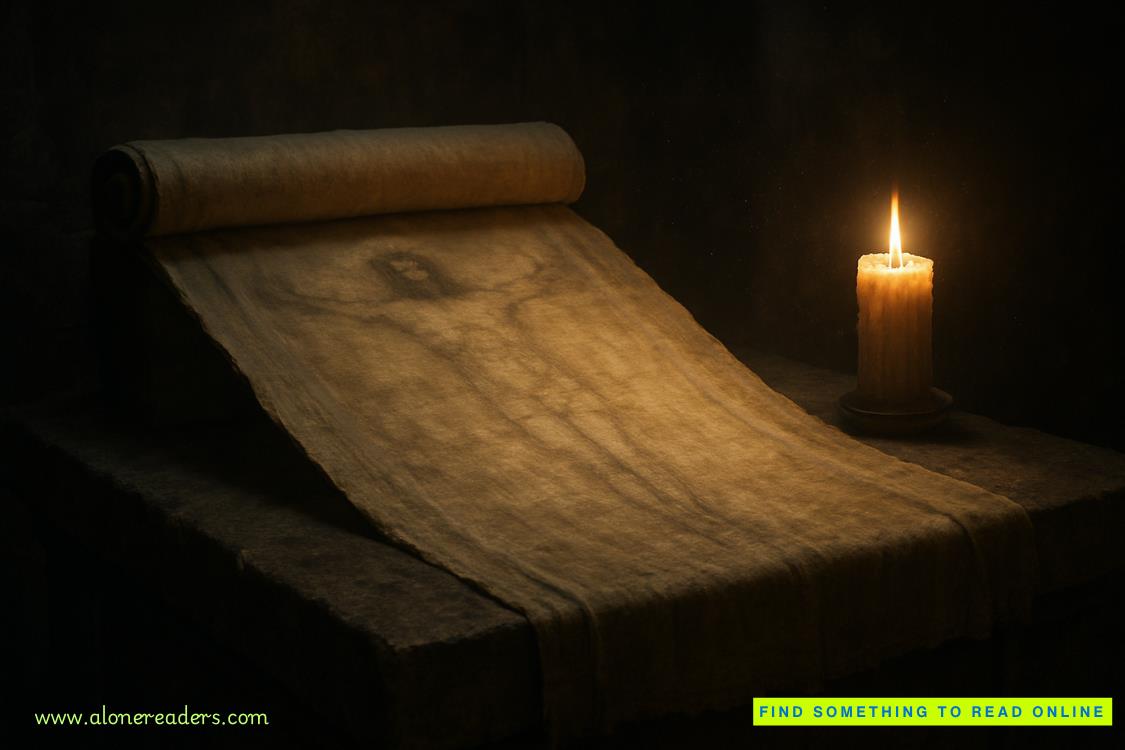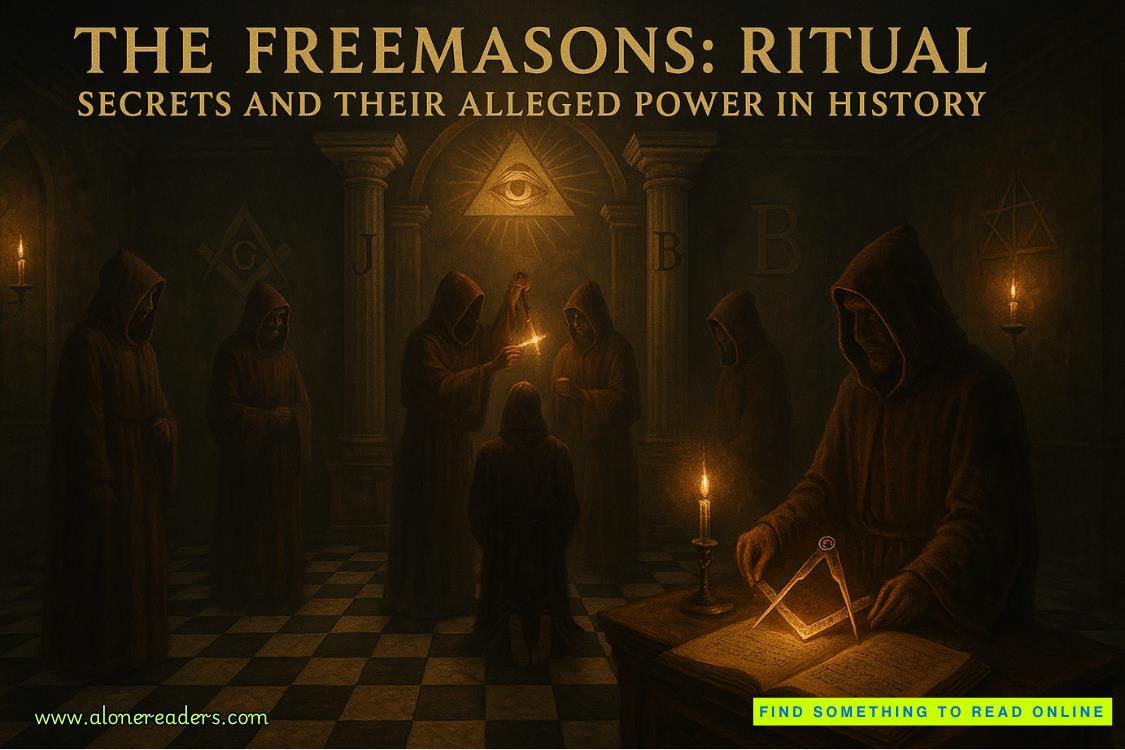Page 67 of The Last Days of Marilyn Monroe
Wilder’s directing style is to work in master scenes, meaning he captures all of the action in one continuous shot, and then calls “That’s a Print!” without running the camera for even an extra moment. Because of that technique, Marilyn is convinced that he’s missing the best moments of her performance.
She wards off intense bouts of dizziness and stage fright by sipping from a thermos alternately filled with coffee, vermouth, and a caffeinated, alcoholic mixture of the beverages.
As a stress release, Paula coaches Marilyn to flutter her arms before delivering her lines to the camera. To cast and crew, the gesture resembles a nervous tic. They spend hours on set waiting for Marilyn to emerge from her dressing room.
“Arthur, I don’t get my first shot until three in the afternoon. What does she do in the mornings?” Wilder asks Marilyn’s husband in frustration.
Back on the MGM lot in October, tensions continue to rise.
Marilyn continues her late arrivals on set. ScreenwriterDiamond attributes it to a power play. “Having reached the top she was paying back the world for all the rotten things she had had to go through,” he says.
He’s not wrong.It makes something in me happy—to be late. People are waiting for me. People are eager to see me. I’m wanted. And I remember the years I was unwanted,Marilyn thinks.I feel a queer satisfaction in punishing the people who are wanting to see me now. But it’s not them I’m really punishing. It’s the long ago people who didn’t want Norma Jeane.
“Story of my life. I always get the fuzzy end of the lollypop” is one of Sugar Kane’s lines. Marilyn contends that the part is veering too close to the dumb-blonde stereotype, that she’s playing the “straight man” to Curtis and Lemmon’s leading roles.
They play a scene where Curtis and Lemmon are in their hotel room, out of their disguises. Sugar knocks on the door and they call out in their female voices, “Just a minute.”
Her line is “It’s me, Sugar.”
But Marilyn keeps saying “Sugar, it’s me.”
“She had only one sentence, she needed eighty-three takes,” an exasperated Wilder says.
Her next big line is “Where’s that bourbon?” Wilder takes the extreme measure of writing the words in the chest of drawers where her character is searching for the bottle.
After the sixtieth take, Wilder says, “Marilyn, come on. Relax, don’t worry.”
“Worry about what?” Marilyn says.
“If she gets the line out, absolutely perfect,” Wilder says. “Perfect in timing, the sound of her voice. She knew what a joke was. She was not a dilettante. She was born with that kind of gift. Because you can have fifty actresses. They may allbe quite good. Some of them might be great technicians, but no one would be better than her.”
Yet the fifty-day filming schedule stretches to more than seventy.
As the shoot drags on, Wilder develops nerve damage to his neck that leaves him directing the film lying flat on a board.
The final scene—where Jerry and Osgood Fielding III, his unwitting fiancé, flee the mob on board Osgood’s boat—is shot last, with last-minute dialogue drafted into the script.
When Jerry admits, “I’M A MAN!” Osgood shoots back, “Well, nobody’s perfect.”
The ending sticks.
Producer Harold Mirisch calls United Artists to report: “They didn’t do ‘too bad’ cost-wise although Miss Monroe is impossible to control.” They missed thirteen days, which made the costs go up by hundreds of thousands of dollars.
On the other hand, Mirisch can’t stop raving about the film’s quality, boasting, “We have one of the biggest pictures of the year.”
Wilder races to get a first cut ready in a couple of weeks.
In early December 1958, the first preview is held at the Bay Theatre in upscale Pacific Palisades. The theater is full, but the reception is dire—no one laughs except comedian and variety TV show host Steve Allen. Is the audience “really that square?” Allen asks.
Mirisch tells Billy Wilder to cut twenty minutes from theSome Like It Hottwo-hour running time. Wilder disagrees. He cuts only sixty seconds.
With Wilder aiming to prove it’s not the running time but the audience, the next preview takes place later that week in the younger, hipper neighborhood of Westwood Village, home to UCLA.
This time, the theater is filled with screams of laughter.
Marilyn is the one who steals the film. “It takes a real artist to come on the set and not know her lines and yet give the performance she did,” Wilder concedes.
Yet the director does not invite her to the wrap party he throws at his home. Through some silver-screen magic, her performance on film reads as nuanced, melancholy, and sublime—but her popularity with the cast and crew is at an all-time low.















